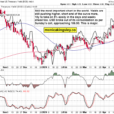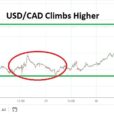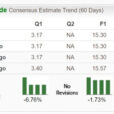by Jackson Cookson, BuildZoom

* * *
National Indices for New Home Construction and Existing Home Remodeling
(Seasonally adjusted)
Click on image to enlarge
Metropolitan Area Indices
The following tables and graphs present seasonally-adjusted indices of an initial selection of metropolitan areas.
Metropolitan Area Indices of Permitting for New Home Construction
Click on image to enlarge
Metropolitan Area of Permitting for Existing Home Remodeling
Click on image to enlarge
Click on image to enlarge

What is the BuildZoom & Urban Economics Lab Index and why is remodeling important?
The remodeling of existing homes is an indicator of economic health whose importance is on par with new home construction. The size of the remodeling market is about $300 billion a year, not far from the $340 billion value of residential construction put in place last year.1 Unlike new construction, which captures the outlook of homebuilders, remodeling more directly captures consumer confidence. Moreover, new construction paints a picture of the economy that is skewed towards conditions in high-growth metropolitan areas – and on their outermost fringe at that – whereas remodeling reflects the state of the economy across a more evenly distributed geography, which better represents the nation as a whole.













Leave A Comment